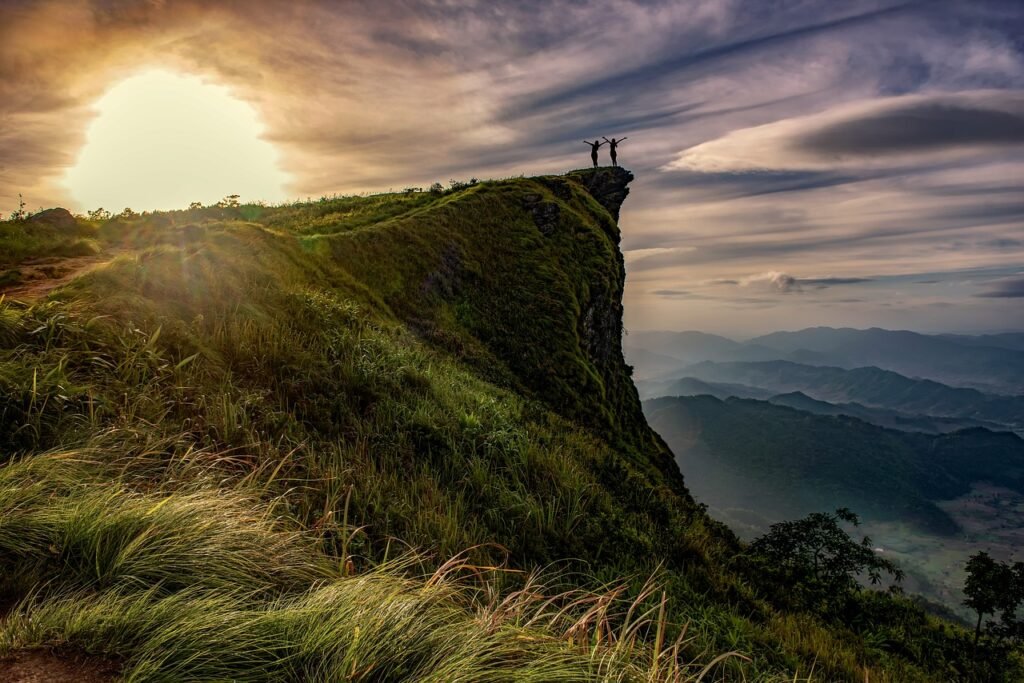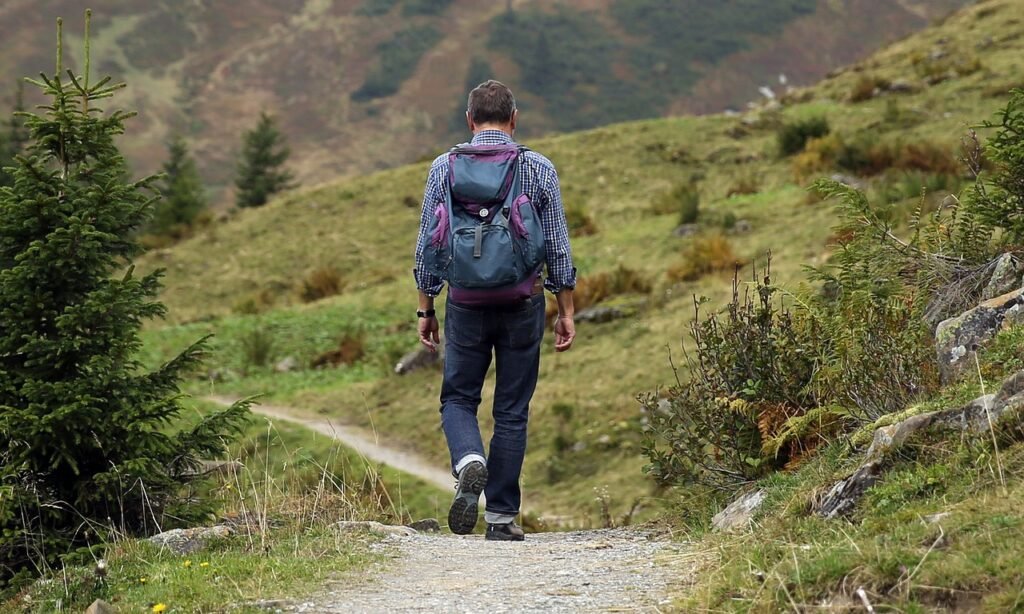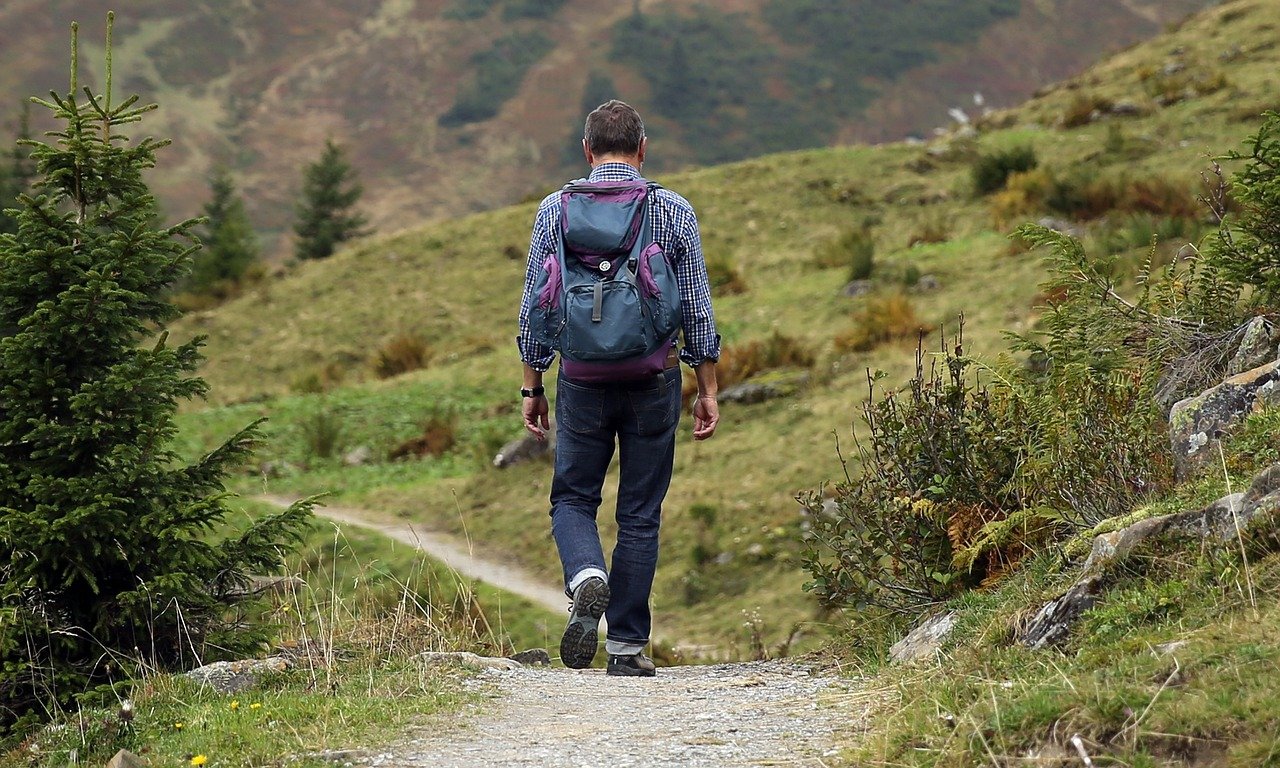Are you ready to lace up your hiking boots and explore one of Arizona’s hidden gems? The Telegraph Pass Trail offers an experience like no other, combining breathtaking landscapes with a mix of challenge and tranquility. Nestled in the heart of Arizona, this trail has become a favorite among both seasoned hikers and casual walkers. With its captivating scenic views and diverse wildlife, the Telegraph Pass Trail promises an adventure that enriches the soul and invigorates the body. Whether you’re looking for a vigorous workout or a peaceful escape into nature, this guide will help you make the most of your journey along the Telegraph Pass Trail in Arizona.

This image is property of pixabay.com.
Overview of Telegraph Pass Trail
Location and significance
The Telegraph Pass Trail is nestled in the heart of Arizona, an area rich in natural beauty and outdoor adventure. This trail holds significant value to both local hikers and visiting trail enthusiasts, offering breathtaking views of the surrounding desert landscape. The path takes you through a diverse array of environments, showcasing the unique flora and fauna of the region.
Trail length and difficulty
Stretching over a moderate length, the Telegraph Pass Trail presents a challenge that is accessible to hikers with varying levels of experience. The difficulty is considered moderate, making it a suitable choice for those looking to enjoy a day hike without undertaking an overly strenuous journey.
Best seasons to hike
The ideal time to explore this trail is during the cooler months, from late fall to early spring. Arizona’s climate can be extremely hot during the summer, making outdoor activities less enjoyable and more hazardous. The milder temperatures of these seasons offer a more comfortable hiking experience.
Permits and fees
Hiking the Telegraph Pass Trail does not require any special permits, and there are no fees to access the trail. This makes it an easily accessible option for everyone looking to enjoy the natural beauty of the area.
Preparing for the Hike
What to pack
Proper preparation is key to enjoying your hike. Essentials include plenty of water, sun protection (hat, sunscreen, sunglasses), comfortable hiking shoes, and snacks. Also, consider bringing a map or GPS device, even though the trail is well-marked, to enhance your navigation.
Weather considerations
Before heading out, check the weather forecast. The desert can experience rapid weather changes, so be prepared for varying conditions. Layered clothing can help you adjust to temperature fluctuations throughout the day.
Safety tips
Stay on marked trails to protect both the environment and yourself. Bring a first-aid kit and know how to use it. Inform someone of your hiking plan and expected return time. Also, remember that cell service may be limited or non-existent in some areas.
Checklist before you go
Ensure you have enough water, your gear is in good condition, and you’ve researched the trail conditions. Additionally, a fitness check and knowing your limits can help prevent injuries and make your hike more enjoyable.
Getting There
Directions to the trailhead
The trailhead for Telegraph Pass Trail can be easily reached by car. Detailed directions will be dependent on your starting location, but the trailhead is well-signposted and accessible from major roads.
Parking facilities
There’s a parking area designated for hikers near the trailhead, providing convenient access to start your hike. During weekends or holidays, it can get crowded, so consider arriving early to secure a spot.
Public transport options
While the more remote location of the trail might limit public transportation options, checking local services in advance can provide you with possible routes and schedules that align with your hiking plans.
Trail Description
Starting point specifics
The trail commences at the designated parking area, where you’ll find trail information and signage to guide you. Ensure you’re at the correct starting point by checking the map at the trailhead.
Key landmarks and viewpoints
Along the Telegraph Pass Trail, several key landmarks will enhance your hiking experience. Lookout points offer stunning panoramic views of the desert and mountainous landscape, while historical markers provide insight into the area’s past.
Terrain and elevation changes
Expect a combination of flat sections and moderate inclines. The trail’s terrain includes both packed dirt paths and areas with loose rocks, requiring attentive foot placement. Elevation changes add an extra challenge but also contribute to rewarding views.
Flora and fauna along the trail
The trail is a showcase for Arizona’s diverse ecosystem. Cacti, including the iconic Saguaro, alongside other desert-adapted plants, line the path. Wildlife sightings may include rabbits, lizards, and a variety of birds, so keep your eyes peeled and respect their natural habitat.

This image is property of pixabay.com.
Fitness and Training Tips
Physical preparation for the hike
To enjoy your hike to the fullest, start with some basic fitness preparation. Cardiovascular exercises, such as walking or jogging, can build endurance, while strength training can prepare your muscles for the trail’s demands.
Recommended training exercises
Incorporate exercises that mimic hiking’s physical requirements, such as stair climbing or hiking on local trails with a weighted backpack. Flexibility exercises like stretching or yoga can also help prevent injuries.
Acclimatization strategies
If you’re visiting from a lower elevation, give yourself time to acclimatize to Arizona’s altitude. Start with shorter, less strenuous activities and gradually increase intensity as your body adjusts.
Navigation and Trail Etiquette
Map and compass basics
Understanding how to read a map and use a compass is vital for any hiking adventure. Even on well-marked trails, these skills can help you orient yourself and navigate more confidently.
Trail markers and signs
The Telegraph Pass Trail is marked with signage indicating directions and distances. Paying attention to these markers can help keep you on the right path and inform you of upcoming landmarks or junctions.
Right of way and hiking etiquette
Trail etiquette includes yielding to uphill hikers, staying on designated paths to protect the environment, and being considerate of other trail users. Always pack out what you bring in, leaving the trail as beautiful as you found it.

This image is property of pixabay.com.
Wildlife and Plant Life
Common species encountered
The trail offers encounters with a variety of species endemic to the Arizona desert. From the majestic Saguaro cactus to the elusive desert fox, there’s a rich tapestry of life to discover.
Seasonal changes in flora and fauna
Depending on the season, you might witness a range of different plants and animals. Spring brings wildflowers and active wildlife, while fall offers cooler temperatures and changing foliage.
Wildlife safety tips
Always observe wildlife from a distance and do not feed the animals. Be aware of your surroundings and know how to react if you encounter a larger animal, such as a coyote or javelina.
Conservation and Leave No Trace Principles
Understanding Leave No Trace
The Leave No Trace principles are designed to minimize our impact on the natural environment. They include guidelines for planning, traveling on trails, disposing of waste, and respecting wildlife and other visitors.
Minimizing impact on the trail
Stay on designated paths, pack out your trash, and avoid disturbing plants and wildlife. By following these practices, you contribute to preserving the trail for future generations.
Participating in trail maintenance and conservation efforts
Consider getting involved in local conservation efforts or trail maintenance days. Volunteering your time not only helps protect the area but also enriches your connection to the natural world.
Photography Tips on the Trail
Capturing the landscape
The desert landscape offers a wealth of photographic opportunities. For the best shots, consider the golden hours of sunrise and sunset, when the light is soft and colors are vibrant.
Best times for photography
Lighting conditions are crucial for photography. Early morning and late afternoon provide the best natural light for capturing the stunning vistas along the Telegraph Pass Trail.
Photography gear recommendations
A lightweight and robust camera is ideal for hiking. Consider bringing lenses with varying focal lengths, a tripod for stability, and polarizing filters to reduce glare and enhance the sky’s blue hue.
After the Hike: Reflecting and Restoring
Post-hike recovery
After completing your hike, take time to rest and recover. Stay hydrated, stretch to ease muscle soreness, and refuel with a nutritious meal.
Cleaning and storing gear
Properly clean and store your hiking gear to ensure its longevity. Check your equipment for any damage and repair it before storing it away for your next adventure.
Reflecting on the experience
Reflect on your hike and consider keeping a journal of your experiences. This not only helps you remember your adventures but also aids in planning future hikes, ensuring each trip is rewarding and memorable.

